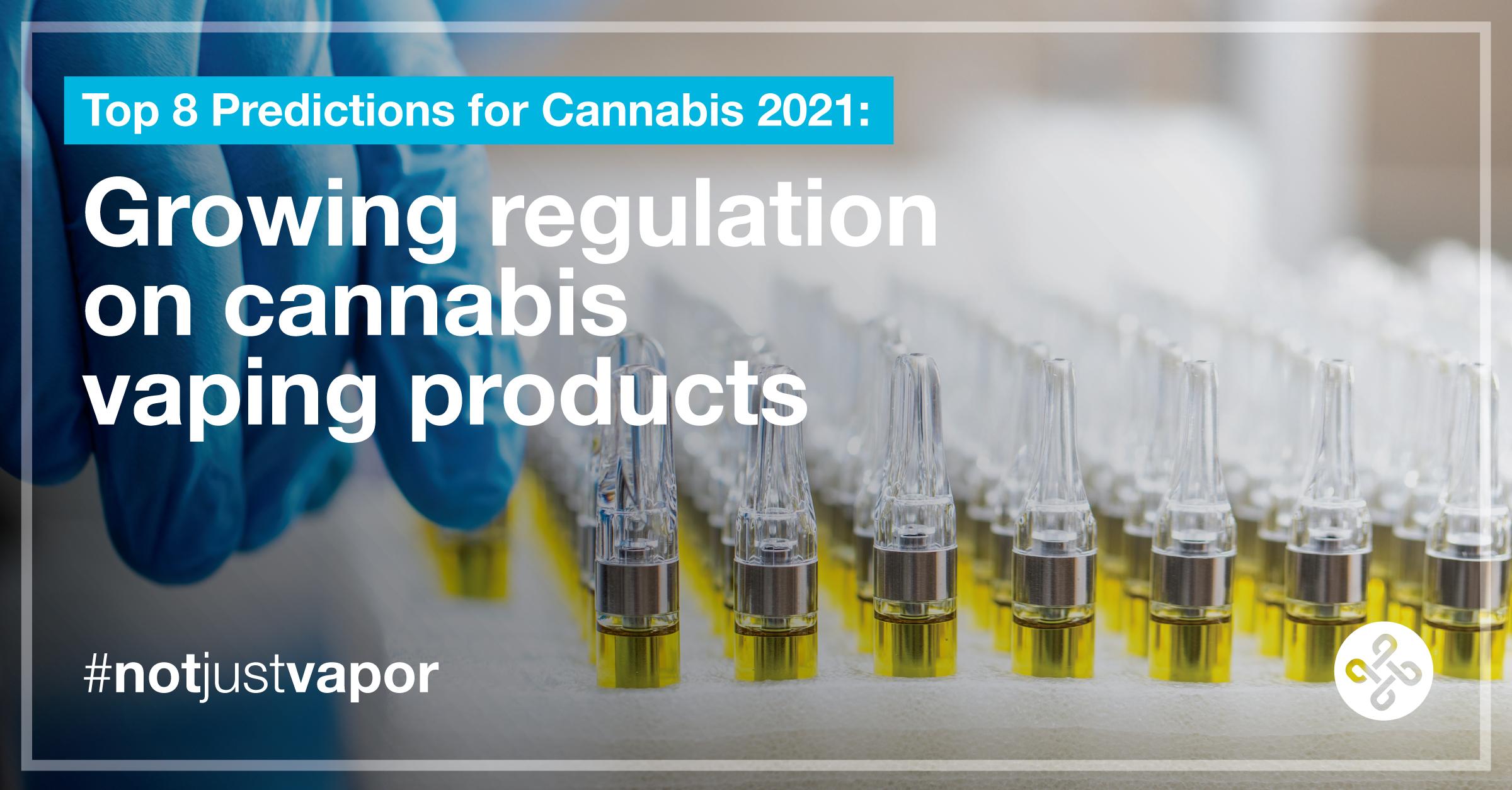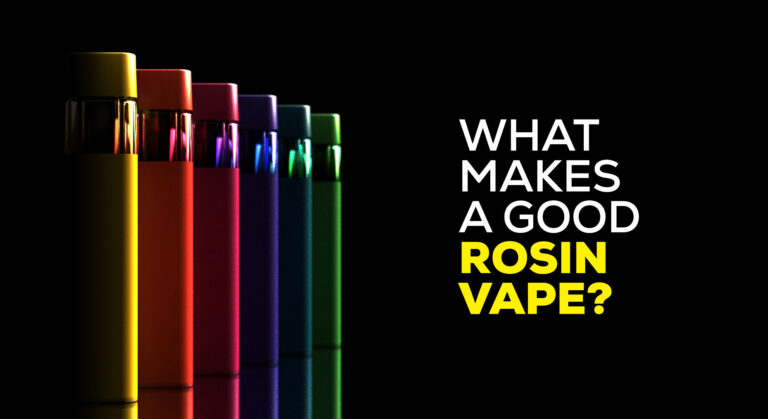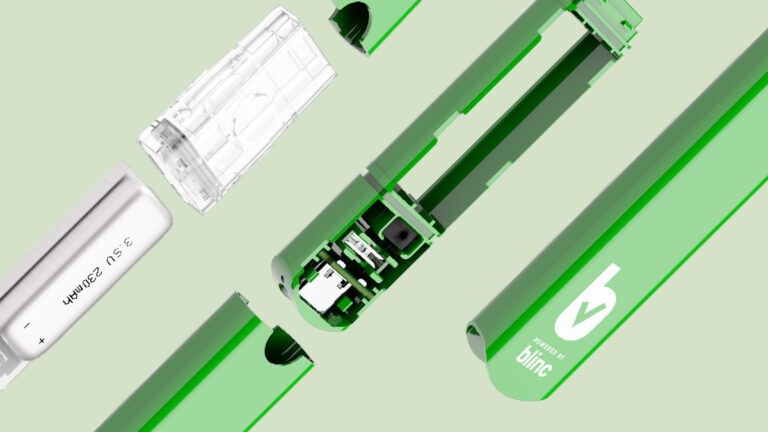Looking back to 2019 and 2020, we find ourselves very fortunate to be at the forefront of the nascent industry that is cannabis, specifically vaping. We’ve been able to identify an evolving trend, that is already evident in more mature markets – that are forging towards ensuring that consumers are getting the safest possible experience through more stringent and informed regulations:
-
-
- Colorado in November 2019 banning MCT, Vitamin E Acetate and PEG
- Colorado in October 2020 asking for emissions testing for heavy metals and shelf stability through best by/expiration dates
- Oregon in December 2020 banning additives like squalene, MCT, Vitamin E Acetate
-
We’ve spoken, in a previous post, about the need to test emissions, ie: the actual “vapor” that is inhaled. When you think about it, it really makes sense but how will regulation guarantee the safety of these products to consumers? What are the areas/aspects that should be regulated to make sure that consumers aren’t running any risks? Below are a few examples:
The Vaping Hardware
The immediate reaction that comes to mind is that the hardware should not leach any heavy metals. Of course this is very true but please keep in mind that heavy metals can also come from the extract. They can be in the soils, the water, the pesticides, the air, the trimming tools used, etc…
Keeping that in mind; what we can do as an industry, is explore the use of source materials that do not leach in consumer products or that don’t contain any heavy metals in the first place. Blinc has, for the past 2 years, pioneered the use of stainless steel in cartridges and ready-to-use products. While stainless steel contains Chromium (otherwise it wouldn’t be called stainless steel) it does not leach at the temperatures at which we use or products.
Another aspect of leachability is the pH of the extract. Throughout the years working with extracts, our team has come up with an average pH of 4 for cannabis extracts used for vaping. This is a great data point for hardware manufacturers: leachability tests of each wetted material should be done at a minimum with a solution that has a pH of 4.
Through our involvement in product standards and our material testing, we’ve been in discussions with multiple regulatory agencies around the world looking at hardware-specific requirements and regulations. Blinc predicts that 2021 will be the year regulatory agencies start looking specifically at the materials used in vaping hardware.
The Cannabis Extract
As we have mentioned in our introduction, states like Colorado and Oregon, are beginning to ban certain additives, like MCT and Vitamin E Acetate. The biggest challenge the cannabis vaping industry is facing is lack of research. We already have ingredients that are approved for cutaneous use or for ingestion but we don’t have a separate “Vapology-Grade” approval process.
Why do you think the 2019 “vaping crisis” was due to the use of Vitamin E Acetate in black market cannabis vaping products? Because Vitamin E Acetate is approved for cutaneous use and for ingestions at moderate doses. After all, it is found in many foods including vegetable oils, cereals, meat, poultry, eggs, fruits, vegetables, and wheat germ oil.
That said, it doesn’t take a PhD to do some research and understand what Vitamin E Acetate can cause. In a 1986 food toxicity study, researchers concluded that “Vitamin E at all doses tested caused interstitial inflammation and adenomatous hyperplasia of the lung. The above findings indicate that vitamin E administration in excessive amounts is potentially toxic.”
More research is needed into the potential toxicity of the ingredients of a cannabis extract used in a vaping device. At Blinc, we believe that more regulations will focus on cannabis vaping extracts will appear in 2021, but also that the industry needs to step up in terms of gathering the data for those regulations to be useful.
The Use of the Product
Finally, one area which is very often ignored by the industry is how to, and in some cases how not to, use the product. Very rarely do we see mentioned on the packaging what the optimal use conditions should be or how to better prepare the device for use by the consumer.
Let’s take a look at a typical scenario, in a post Covid-19 world of course. You’re sitting at the beach with a couple of friends and decide to take a puff on the cannabis vaping product you just bought and you pass it on to a friend immediately who takes a puff, and so on. By the time the 4th friend takes a puff, the heat output of the device might be much higher than the initial use. So if the temperature reached by the fist puff is 150°C, it’s possible that, by the time the 4th person takes a puff, the temperature becomes 240°C.
Now what does this mean? It means that your 4th friend may be inhaling toxic substances because at that temperature, terpenes and cannabinoids are burning and potentially producing toxic byproducts.
This was just a simple example of why providing clear guidelines to consumers will help alleviate and mitigate any liabilities. If in this case, the packaging had stated not to take more than one puff per minute, this would not be an issue. Another example can be if your vaping device has been stored in the cold and requires pre-heat to bring it back to usable temperatures. If a consumer pre-heats more than 1 or 2 times in a row, and takes an immediate puff on it, there might be a toxicological risk.
We strongly believe that 2021 will mark the appearance of new labeling requirements and regulations on the usage of cannabis vaping products.
All that said, it also makes sense to weigh smoking cannabis vs. vaping cannabis as it pertains to consumer safety. There are many research papers on the effects of smoking vs. vaping tobacco but not many on the effects of smoking vs. vaping cannabis. This “prediction” post is not meant to scare people off as vaping is mostly recognized as safer than smoking – 95% safer when it comes to tobacco – but rather to draw attention to the lack of research and the need for a more common sense approach to regulations so as not to stifle the innovation happening in the industry. We urge all of our clients, partners, competitors to keep the above in mind when working on their new cannabis vaping products.
#notjustvapor









